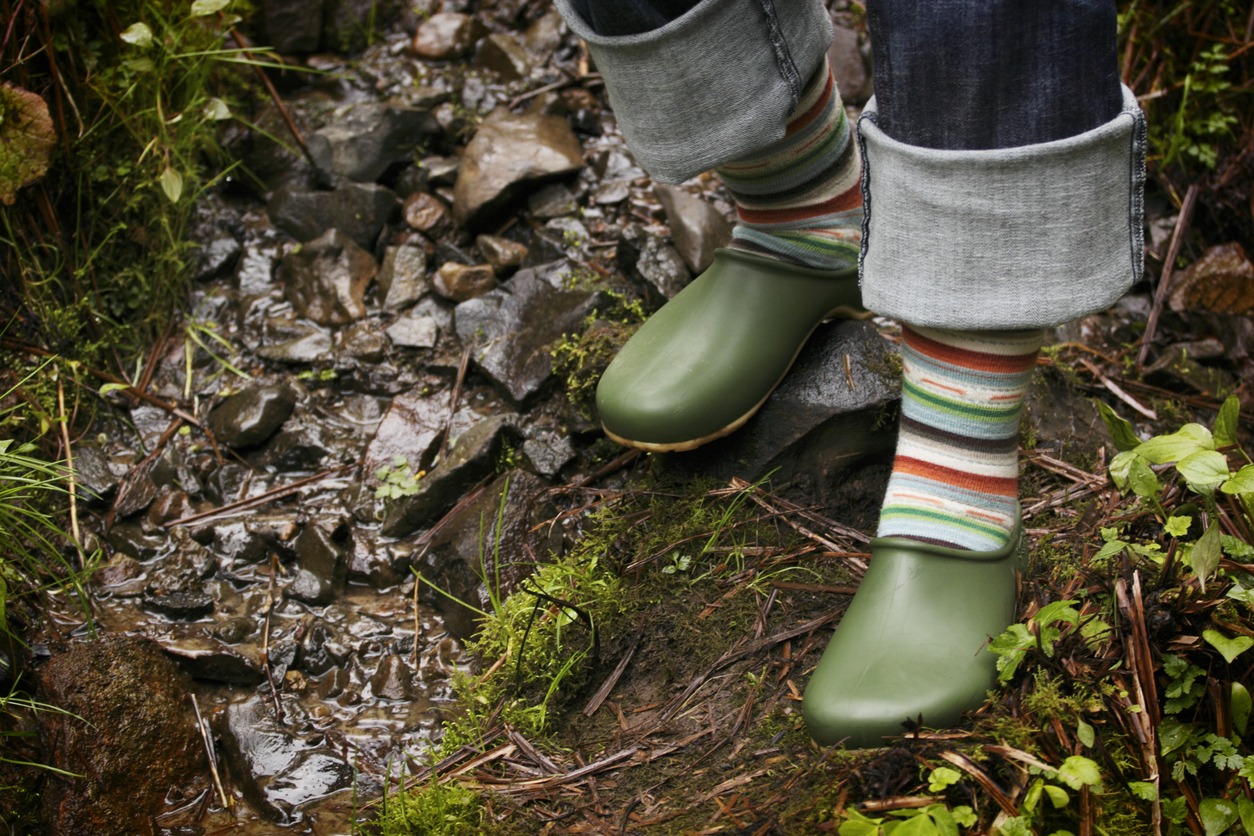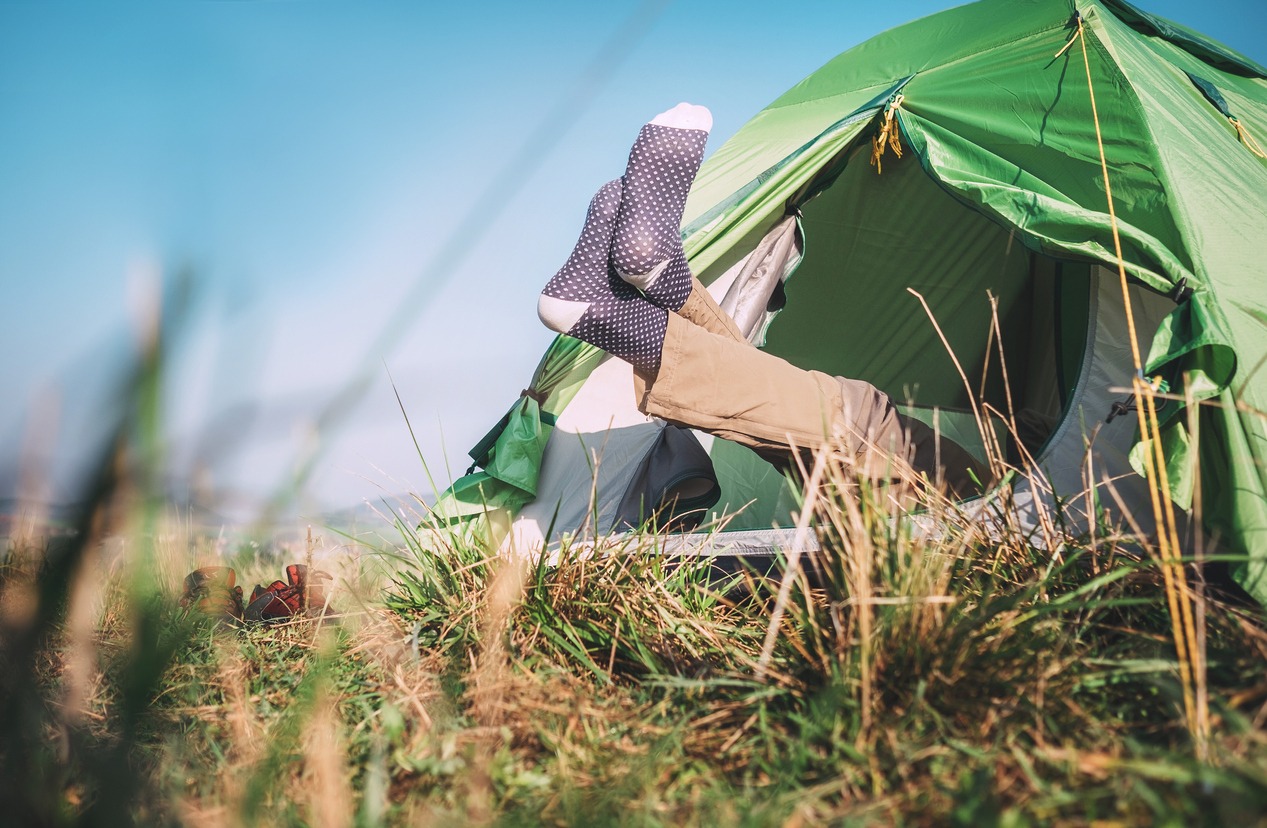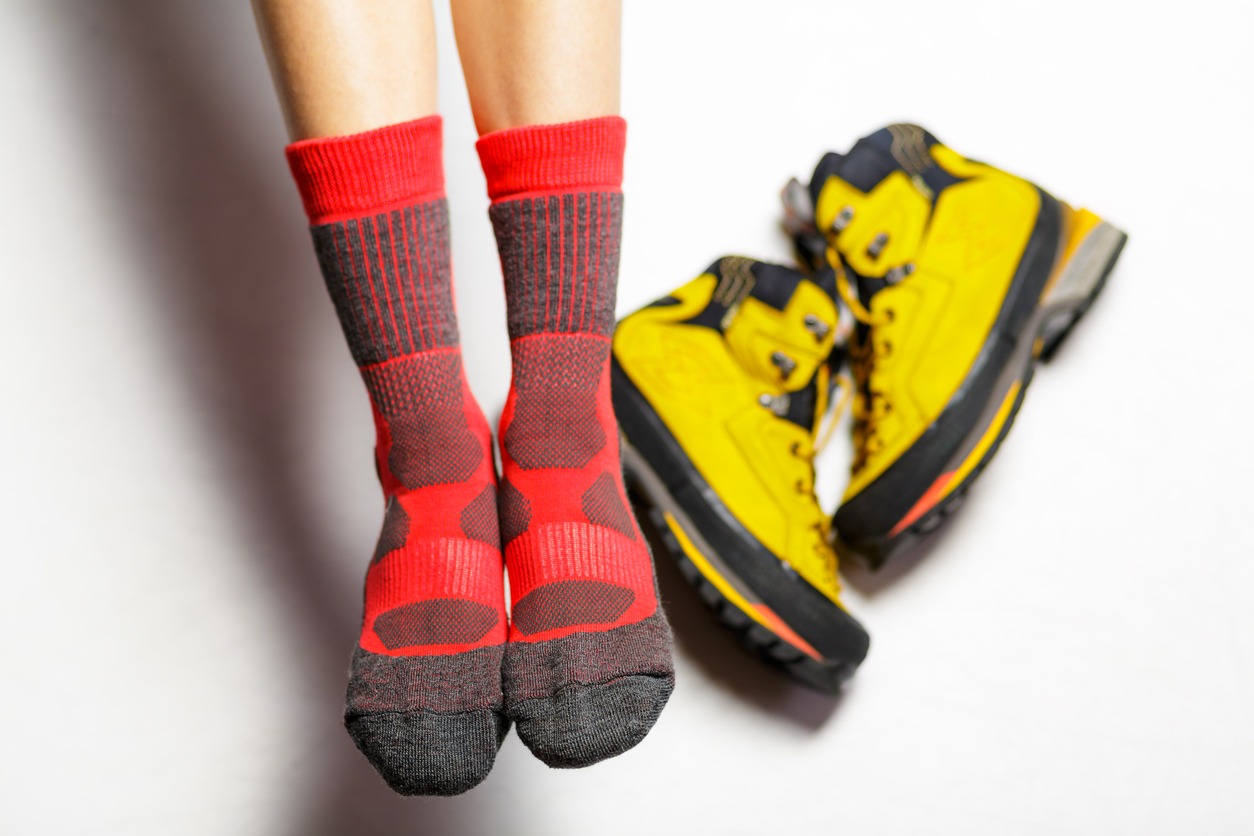During rainy days, it is often difficult to keep our feet dry, as the shoes we are wearing during those days will have holes or gaps where water can seep through. While we have the option of wearing rain boots that are made of plastic or rubber that doesn’t have gaps or holes in them, there will still be some days where unexpected rain occurs, thus leaving us with no other option but to brave the rain with our regular shoes.
Fortunately, there are now waterproof socks that we can wear so that there is a higher chance for our feet to stay dry even if we are wearing regular sports or leather shoes. What are these waterproof socks? And what are their uses? We will find out as we take a look at the guide to waterproof socks.
What are Waterproof Socks?
Waterproof socks are socks that are worn to keep your feet dry during rainy days. These socks are usually made from three layers of material. On the exterior, there is a knitted fabric that offers a little bit of cushioning for the feet, while the interior is made from a softer fabric for extra comfort. Then, in the middle of these fabrics is a waterproof membrane made from synthetic materials like plastic, and this membrane prevents water from seeping through and getting into the inner fabric. Because of these multiple layers, waterproof socks are slightly thicker than regular socks.
Aside from being waterproof, the synthetic membrane in the middle of the waterproof socks is breathable, as it is capable of wicking away moisture to prevent sweat buildup. So, you wouldn’t have to worry about getting your feet soaked with both rainwater and sweat when you are wearing these waterproof socks.
What are the Pros and Cons of Waterproof Socks?
Even though waterproof socks have various uses or benefits, they would still have drawbacks that make them unsuitable to wear for some people. Here are the pros and cons of wearing waterproof socks so that you will know if they are suitable for your needs.
Pros
- They are effective in making your feet dry in most situations, except when it is flooding.
- They have moisture-wicking properties that prevent sweat buildup, which can cause heat rash, blisters, and fungal infections.
- They are thick enough to keep you warm during colder seasons or temperatures.
- They can help prevent frostbite and hypothermia in the feet.
- They can provide ample cushioning for comfort and impact protection.
Cons
- They are sometimes so thick that they can feel bulky or heavy on the feet.
- Their thickness can make your shoes feel much tighter than usual, so you may need shoes that are a half-size larger if you want to wear waterproof socks comfortably.
- Waterproof socks are usually more expensive than regular socks. So, if you want to buy multiple pairs, you may need to save money to have enough budget.
- While they are moisture-wicking, they aren’t as effective in this department when you compare them to sports socks, which are better at wicking moisture away from the feet.
Things to Consider When Buying Waterproof Socks
There are already dozens of different pairs of waterproof socks that you can buy today. So, to make sure that you are buying the best and most suitable pair, you should know a lot about the different aspects of waterproof socks. Here are the things that you should consider when buying waterproof socks.
Fit and Size
Waterproof socks come in different sizes (small, medium, large, etc.), so you would need to find the size that fits best for your feet. There are usually size charts that you can check out to know what specific size of sock can fit in a certain size of feet, and these size charts are available in online stores or on the websites of the brands that sell waterproof socks.
Keep in mind that waterproof socks are thicker than regular socks, so they may feel more rigid and tight on your feet. In addition, these socks may also make your shoes feel tighter, so you may want to get waterproof or water-resistant shoes that are a half-size bigger than your true size for a better fit when you wear waterproof socks.
Materials
The outer and inner layers of waterproof socks can be made from different materials that have their own benefits or advantages. One of the most common materials used for waterproof socks is nylon, which is flexible and very durable, while the other common material is wool, which is supposed to be thicker and more suitable for colder climates.
If you don’t want waterproof socks that feel too warm on your feet, you should go for pairs that are made of nylon. But for extra warmth during winter, we suggest that you go with waterproof socks made of wool.
Quality and Comfort
Of course, a pair of waterproof socks wouldn’t be suitable for you if it isn’t made from high-quality materials that provide durability and comfort for the wearer. While quality and comfort can sometimes be hard to gauge based on the descriptions or details about the socks, you will usually know more about them through reviews written by people that have already used the socks extensively.
You can find a lot of reliable reviews through various online stores that allow their customers to write reviews and feedback, and these reviews typically contain the pros and cons of the products, as well as the products’ most useful features. If you are not sure what to buy, then check out reviews so that you will know which waterproof socks are considered the best by many.
If your feet constantly get wet outdoors due to rain, then it might be the best time for you to try out waterproof socks. Buy the best pairs of waterproof socks online or in physical stores so that your feet will have better resistance against puddles, rainwater, and minimal flooding.





